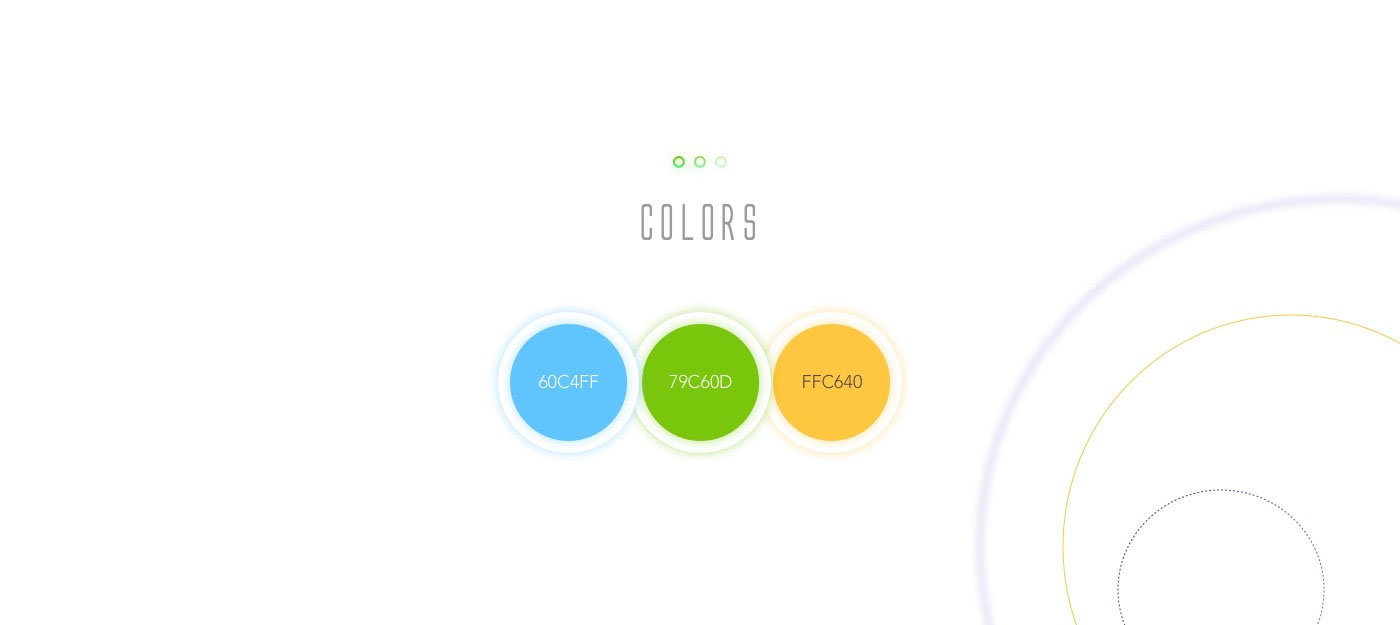
For children who are on the autism spectrum, they often fail to recognize basic facial emotions and make eye contacts, which make social interactions and developing friendships even more difficult to sustain. Gaining these skills requires intensive behavioural interventions that are often expensive, difficult to access, and inconsistently administered. The team has developed a wearable solution to use the camera on the glasses to read facial expressions and provides social cues within the children’s natural environment. It also records the amount and type of eye contact, which adds an additional layer for behavioural intervention.
Time frame
This is an ongoing project. The founder came to me for product and design solutions. I helped in leading the product and design for the first 3 months of the product, solidifying the product vision, roadmap, feature requirements, user flows, information architecture, low-fidelity wireframe, UI and high-fidelity prototype.

The process
Understand the product, the market and the users
Through talking with the CEO, I was able to uncover the product goals, the information of the competitors in the market, the marketing and academic resources, and the financial status of the project. I helped the CEO to clarity the target users, what the problem it is to solve, and a tangible technical plan to execute his ideas.
Define the scope and prioritizing
I categories the users into 3 groups, and for the scope of MVP we decided only to release the core eye contact exercise for the kids on the wearable glass, and a management Android app for the parents. With these features, the team can clearly present the idea of how this wearable device can help the children to gain social skills, and the parents can track the performance improvement overtime.
Creating wireframes, mockups and rapid prototype
Storyboards and wireframes allowed me to quickly validate and test ideas with the CEO as well as checking in with Developers for feasibility. The team would meet regularly every week, discussed product, design and technical updates.
Testing, gathering feedback and making continuous improvements
Since the team is all new to the technology, the dev team spent the most time on R&D phase, figuring out solutions to things like how to pair the glass to the phone, how to stream recording videos to the phone and etc. Luckily we found solutions to most critical issues, and I worked with the developers to make design decisions, and also discussed with them on database schema design, from the future product perspective.
Design the product experience for children diagnosed with autism is definitely challenging, I had to worked with the expert closely on interaction designs, to make sure the primary action can gain the user’s attention, and to carefully decide on the design components not to distract or disturb the users.
Outcome
- A gamified exercise app on wearable glass to provide behavior-focused therapy for kids diagnosed with autism
- An administration app for the parents to manage and track the children’s history performance





